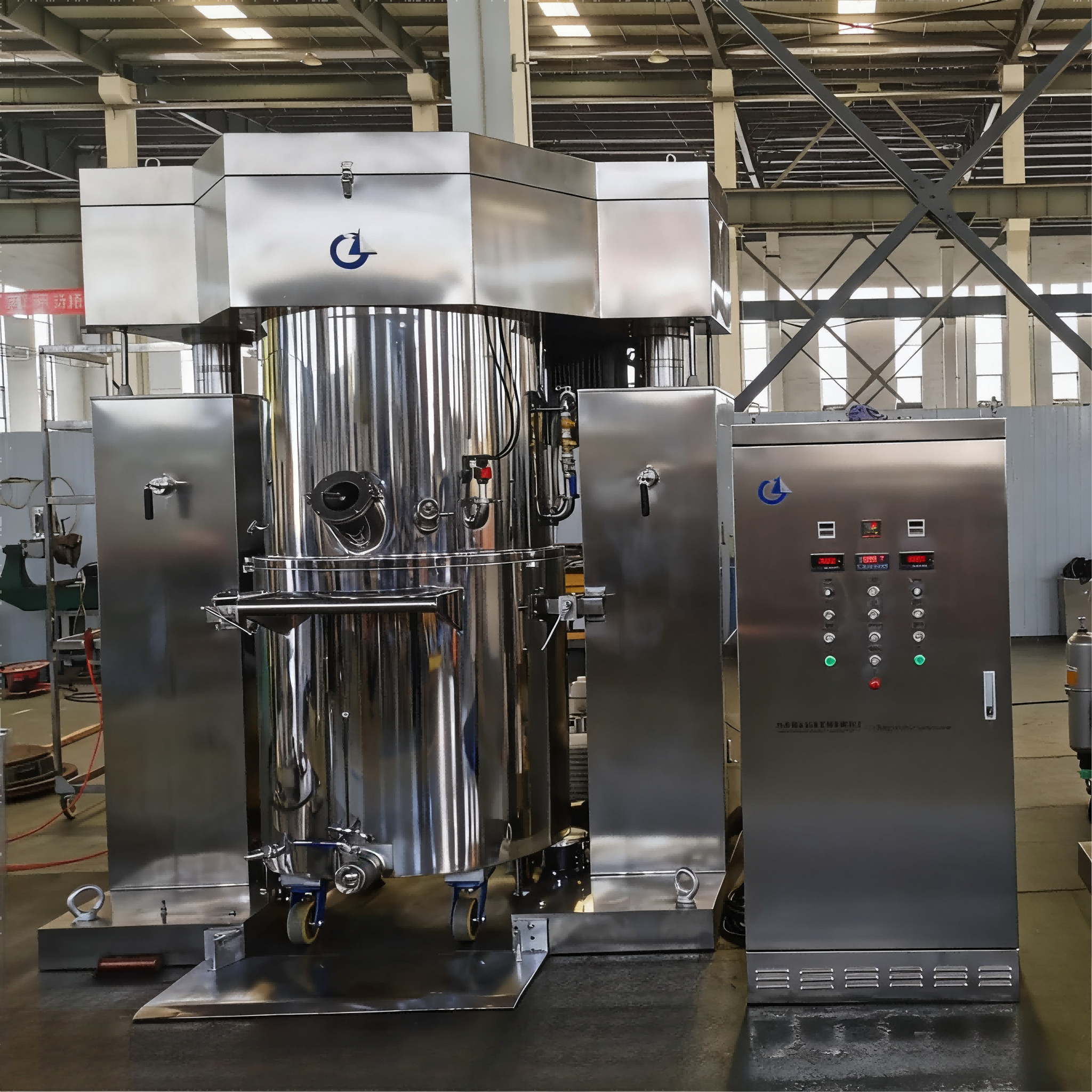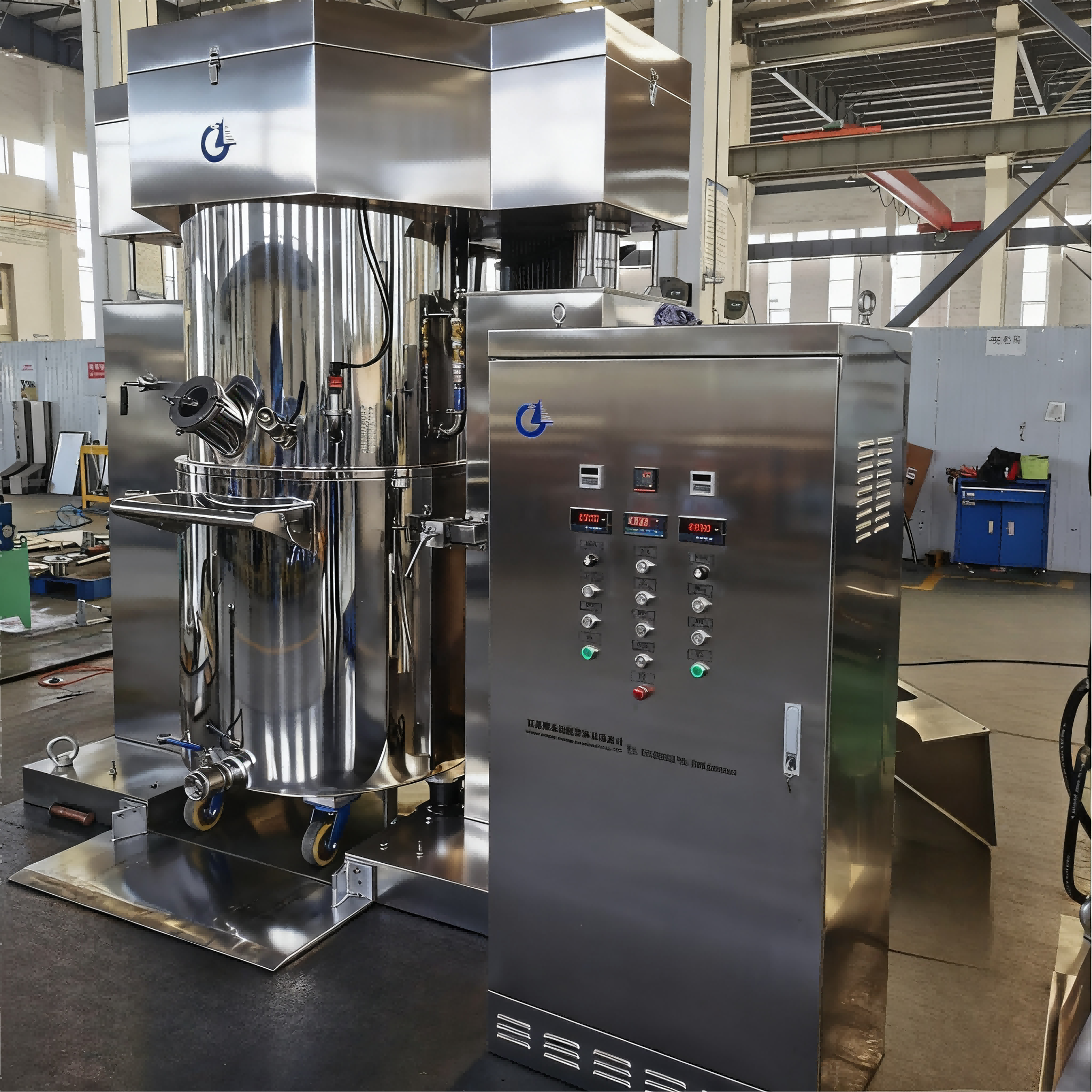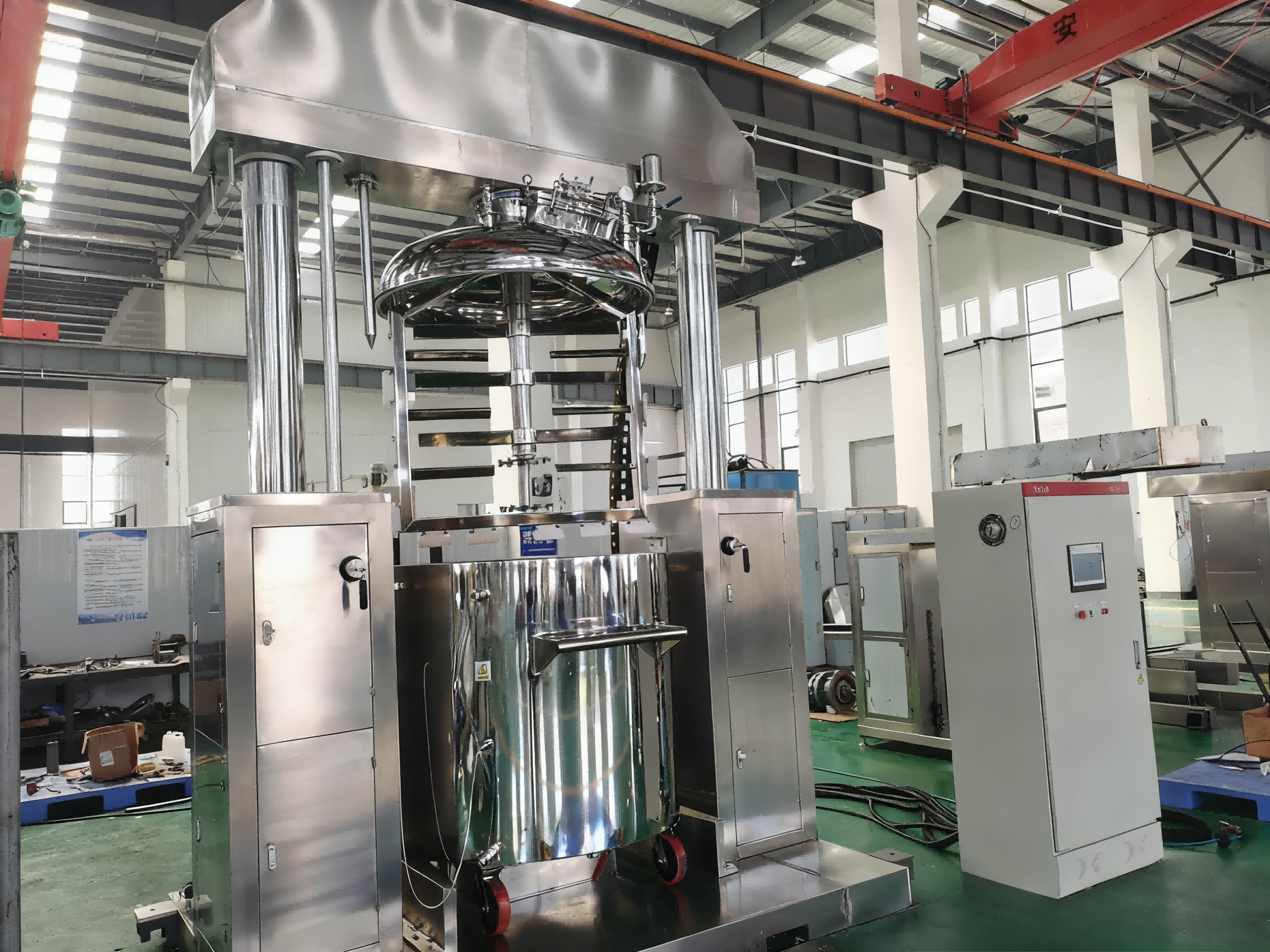Core Features and Advantages of Double Planetary Mixers
Core Features and Advantages of Double Planetary Mixers
As benchmark equipment in the field of high-viscosity material mixing, double planetary mixers, relying on the composite motion mechanism of "revolution + rotation" and modular design, break through the limitations of traditional mixing equipment in homogenization efficiency and material adaptability. They are widely used in high-end manufacturing scenarios such as adhesives, composite materials, and new energy. Their core features and advantages can be summarized in the following four dimensions.
1.Composite Mixing Structure: Enabling Dead-Angle-Free Homogenization
The "dual planetary motion" is the most core structural feature of the equipment: two mixing paddles revolve around the central axis of the mixing bowl (rotational speed: 5-60 rpm) while rotating at high speed around their own axes (rotational speed: 50-200 rpm), forming a three-dimensional shear field. This motion mode makes the material flow along the bowl wall under the centrifugal force generated by revolution, and at the same time, it realizes local dispersion under the shear force and extrusion force formed by rotation. Combined with the precise gap design of 5-10 mm between the bowl wall and the paddles, it completely eliminates the "mixing blind area" of traditional paddle mixing. Compared with ordinary planetary mixers, its mixing uniformity is improved by more than 30%, which is especially suitable for high-viscosity materials with a viscosity of 1000-1000000 mPa·s, and can quickly fuse components with different densities and particle sizes into a homogeneous system.
2. Wide-Range Adaptability: Covering Diverse Materials and Process Requirements
The equipment has strong adaptability to materials and processes, which stems from two major design features: first, the modular mixing components. The paddle type can be quickly replaced according to material characteristics—anchor paddles are suitable for high-viscosity pastes, dispersing discs for powder-containing materials, and ribbon paddles for thixotropic materials, realizing "one machine with multiple functions"; second, the integrated auxiliary system. The standard jacket temperature control device can achieve precise temperature control from room temperature to 300°C (temperature difference: ±2°C), and the vacuum system can maintain a high vacuum degree of -0.095 MPa to -0.1 MPa, meeting the needs of composite processes such as defoaming, reaction, and curing. It can realize stable processing from epoxy resin adhesives for electronic packaging, lithium battery pole piece slurries to composite material prepregs for aerospace.
3. Precision Operation Control: Ensuring Batch Stability of Products
Precise controllability is its core technical advantage, reflected in three aspects: first, the intelligent control system. Adopting PLC programming and touch screen operation, it can preset 12 groups of parameters such as revolution speed, rotation speed, mixing time, and temperature, and support the storage and calling of 20 process formulas, reducing manual operation errors; second, the real-time monitoring function. Through torque sensors, thermocouples, vacuum pressure gauges and other components, it can real-time feed back material viscosity changes, temperature and vacuum degree in the bowl. When the parameters exceed the set range, it will automatically alarm and adjust; third, the stable transmission system. Using planetary gear reducers and servo motors, the transmission efficiency is over 95%, and the speed fluctuation is ≤±1 rpm, ensuring highly consistent mixing conditions for materials in different batches.
4. Safe and Environmentally Friendly Design: Adapting to High-End Production Scenarios
Safety and environmental protection performance are important supports for its adaptation to high-end manufacturing. In terms of safety, it is equipped with multiple devices such as bowl cover safety interlock, overload protection, and emergency shutdown. The bowl body is made of 304 or 316L stainless steel, with no material residue after polishing, meeting GMP and food-grade production standards; in terms of environmental protection, it adopts a double sealing structure of mechanical seal and skeleton seal, with no solvent leakage risk. Equipped with an exhaust gas collection device, it can treat volatile organic compounds, meeting EU REACH and domestic VOCs emission standards. At the same time, the equipment operates with noise below 75 dB, complying with workshop environmental protection requirements, and providing a safe and comfortable working environment for operators.
In summary, with its core advantages of high-efficiency homogenization, wide-range adaptability, precise controllability, and safety and environmental protection, double planetary mixers solve the technical problems of mixing high-viscosity and multi-component materials, and become key equipment for high-end manufacturing to achieve product upgrading and quality improvement.
News
- Latest News
- Solutions
- FAQ
Recommend Products
-
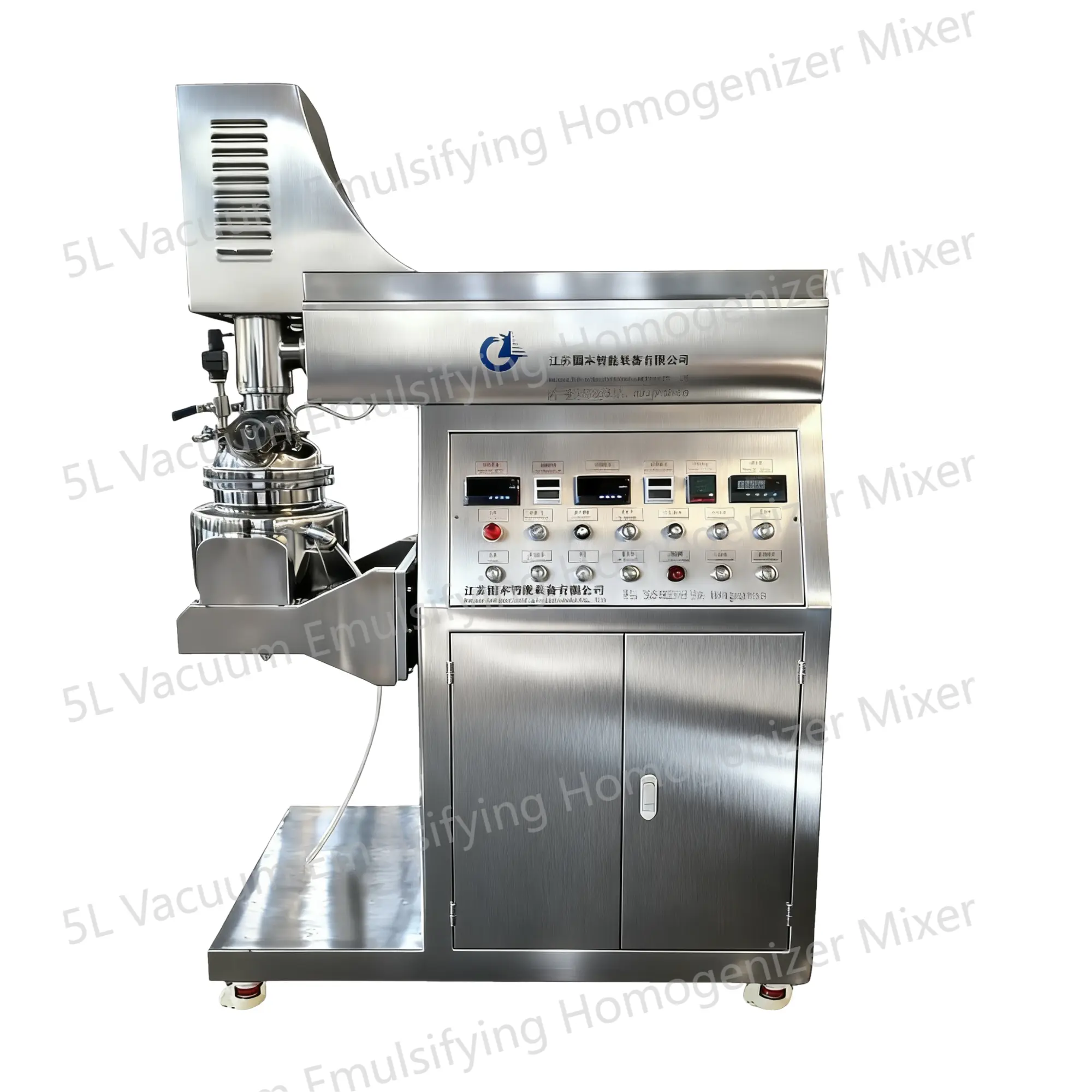 5L Vacuum Emulsifying Homogenizer Mixer
5L Vacuum Emulsifying Homogenizer MixerThe 5L vacuum emulsifying mixer is a device designed for emulsifying and mixing various substances in a vacuum environment. This equipment is equipped with a mixing tank with a capacity of 5 liters and is widely applied in industries such as food, pharmaceuticals, cosmetics, and pesticides.
-
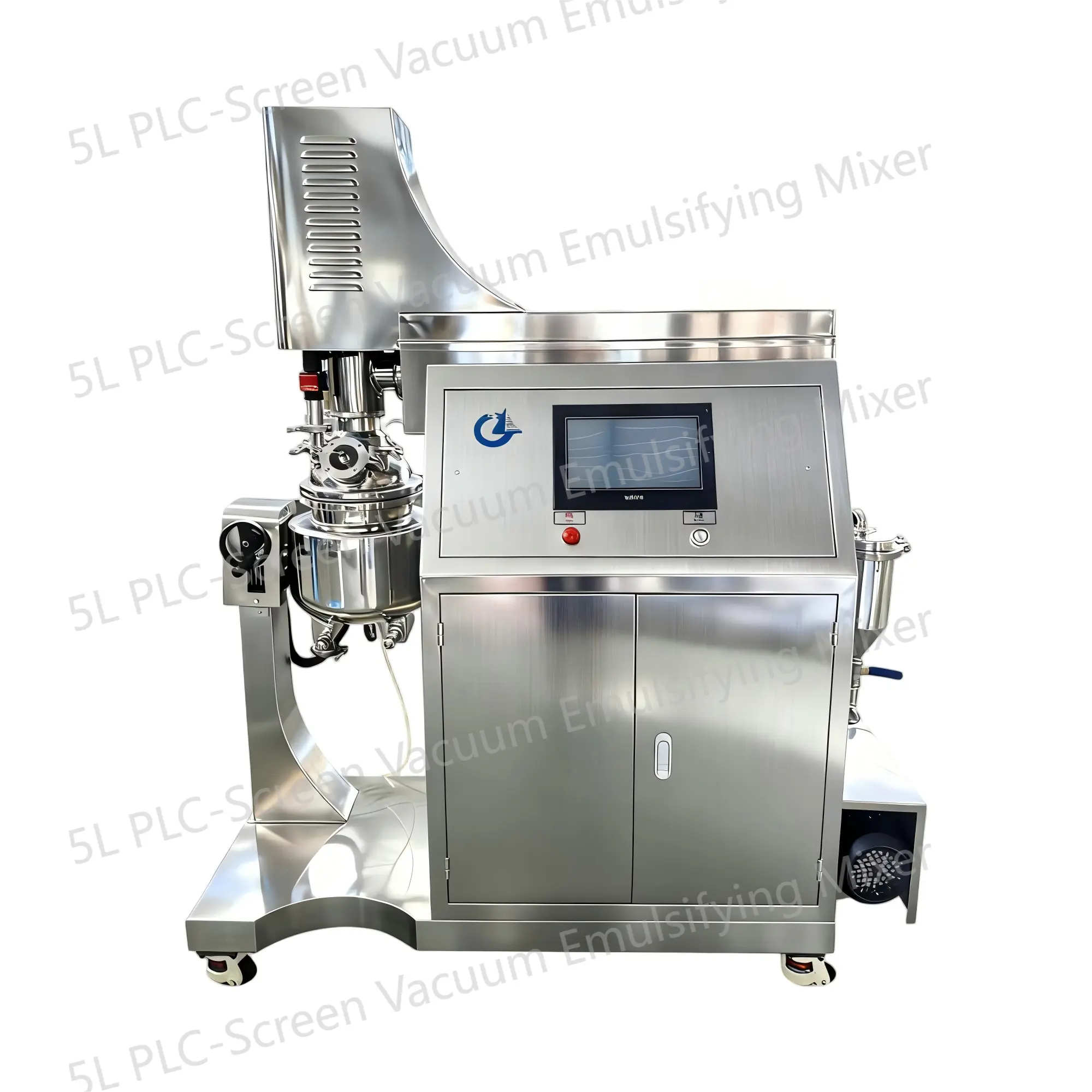 5L PLC-Screen Vacuum Emulsifying Mixer
5L PLC-Screen Vacuum Emulsifying MixerThe 5L PLC-Screen Vacuum Emulsifying Mixer is a device designed for emulsifying and mixing various substances in a vacuum environment. This equipment is equipped with a mixing tank with a capacity of 5 liters and is widely applied in industries such as food, pharmaceuticals, cosmetics, and pesticides.
-
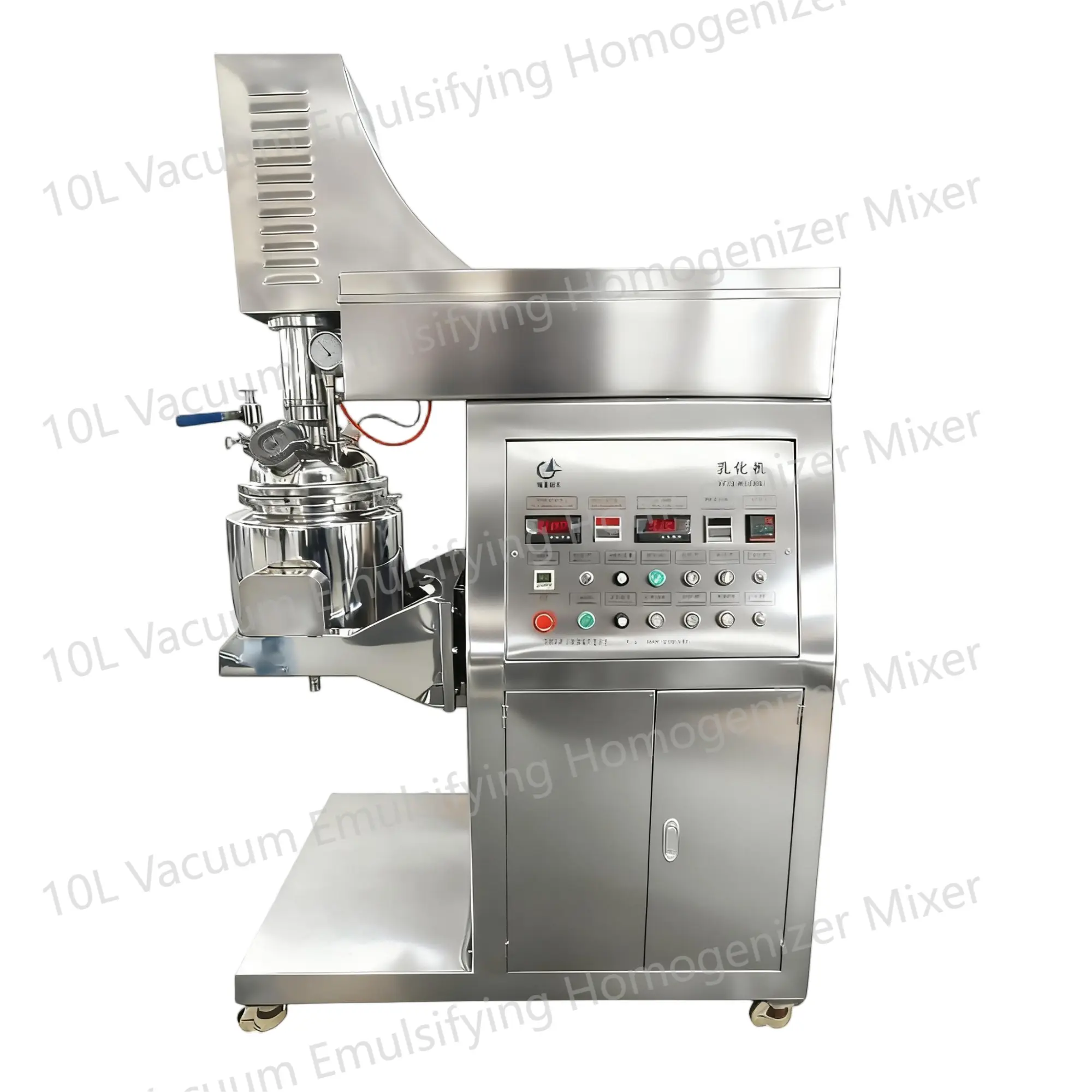 10L Vacuum Emulsifying Homogenizer Mixer
10L Vacuum Emulsifying Homogenizer MixerThe 10L Vacuum Emulsifying Mixer is a device used for emulsifying and mixing various substances in a vacuum environment. It is commonly used in industries such as food, cosmetics, and pharmaceuticals.


 English
English Russian
Russian French
French Spanish
Spanish Portuguese
Portuguese Korean
Korean Japanese
Japanese Thai
Thai